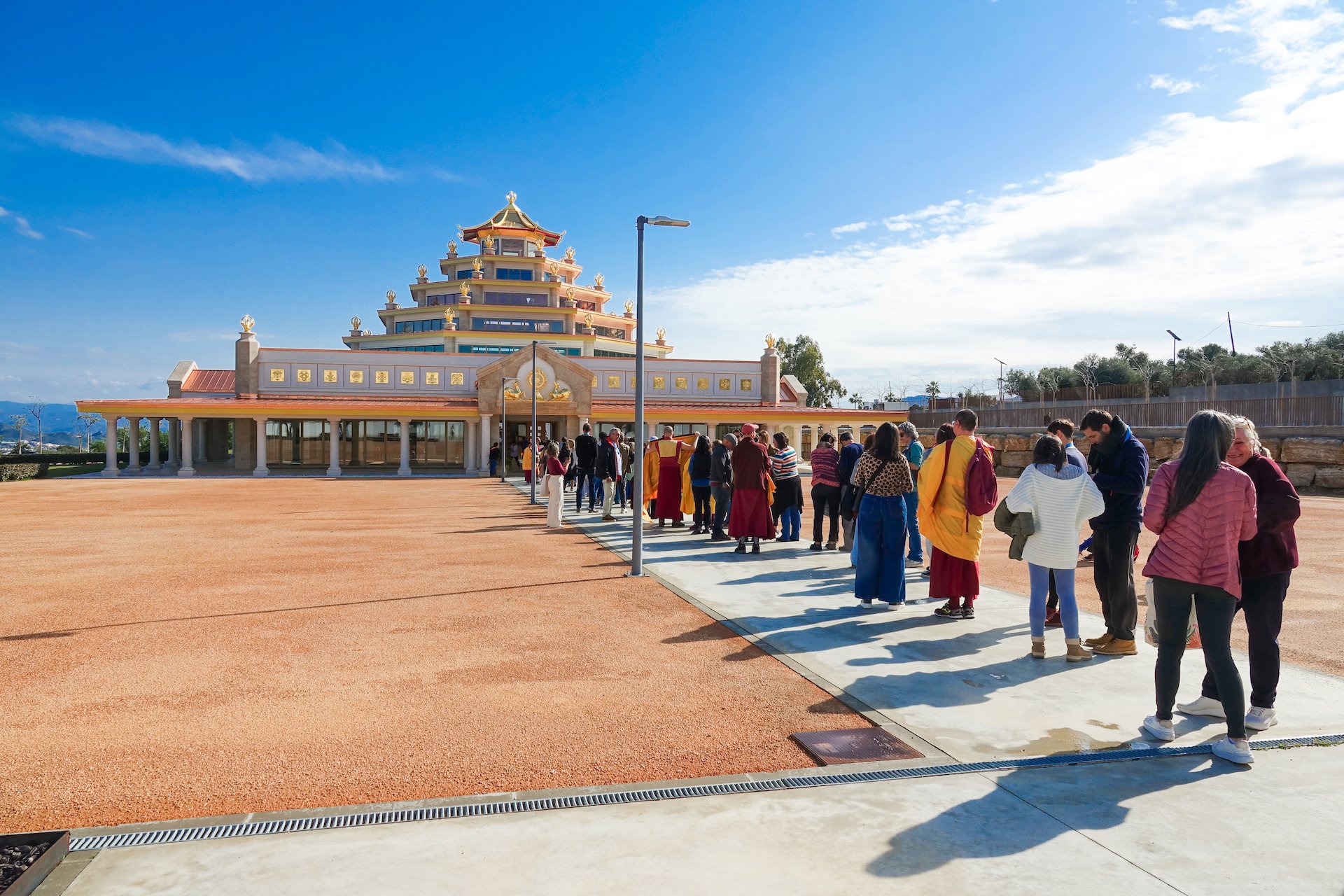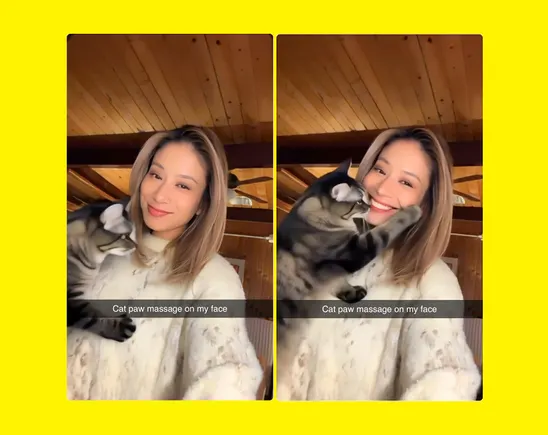Heruka Day 2025
The month of January is a special month in the Kadampa calendar during which we emphasize the practices of Heruka and Vajrayogini, the principal Highest Yoga Tantra Deities of modern Kadampa Buddhism.

The month of January is a special month in the Kadampa calendar during which we emphasize the practices of Heruka and Vajrayogini, the principal Highest Yoga Tantra Deities of modern Kadampa Buddhism.
These sublime practices were given to us by Venerable Geshe Kelsang Gyatso Rinpoche and were his heart practices.
Extract from Essence of Vajrayana:
The Sanskrit term ‘Heruka’ is composed of the three syllables, ‘He’, ‘ru’ and ‘ka’. ‘He’ teaches the emptiness of phenomena in general, and ‘ru’ the emptiness of persons in particular; together they reveal the emptiness of all phenomena. ‘Ka’ refers to the union of Heruka’s mind of great bliss and the emptiness of all phenomena. This union is Heruka’s Truth Body. An I, or self, imputed on this Truth Body is definitive Heruka, the real nature of Buddha Heruka. This can only be seen by Buddhas.
Another term for Heruka is ‘Chakrasambara’. ‘Chakra’ means ‘wheel’, and in this context refers to the ‘wheel’ of all phenomena. ‘Sambara’ means the supreme bliss, which is called ‘spontaneous great bliss’. Together ‘Chakra’ and ‘sambara’ reveal that by practising Heruka Tantra we gain a profound realization that experiences all phenomena as one nature with our mind of great bliss. This realization directly removes subtle dualistic appearances from our mind, and due to this we quickly become definitive Heruka.
To lead fortunate disciples to the state of Buddha Heruka within one life, Buddha Vajradhara manifested his compassion in the form of interpretative Heruka, who has a blue-coloured body, four faces and twelve arms, and embraces his consort, Vajravarahi. Attaining the state of Buddha Heruka depends upon abandoning the twelve dependent-related links of samsara by gaining the realizations of the four doors of liberation; and in particular it depends upon realizing the union of great bliss and emptiness. These are symbolized respectively by Heruka’s twelve arms, his four faces and his embracing Vajravarahi.
It is possible that those who do not understand the deep meaning of Buddha’s Vajrayana teachings may feel uncomfortable with Heruka’s wrathful aspect. Such practitioners need to understand that all phenomena are equal in lacking inherent existence. In ultimate truth, emptiness, there are no wrathful or peaceful aspects because all phenomena are of one nature. Therefore, those who possess deep knowledge of ultimate truth have no basis for developing unpleasant feelings upon perceiving unattractive objects because they realize that ultimately there are no truly existent unattractive or attractive objects.

 KickT
KickT 































